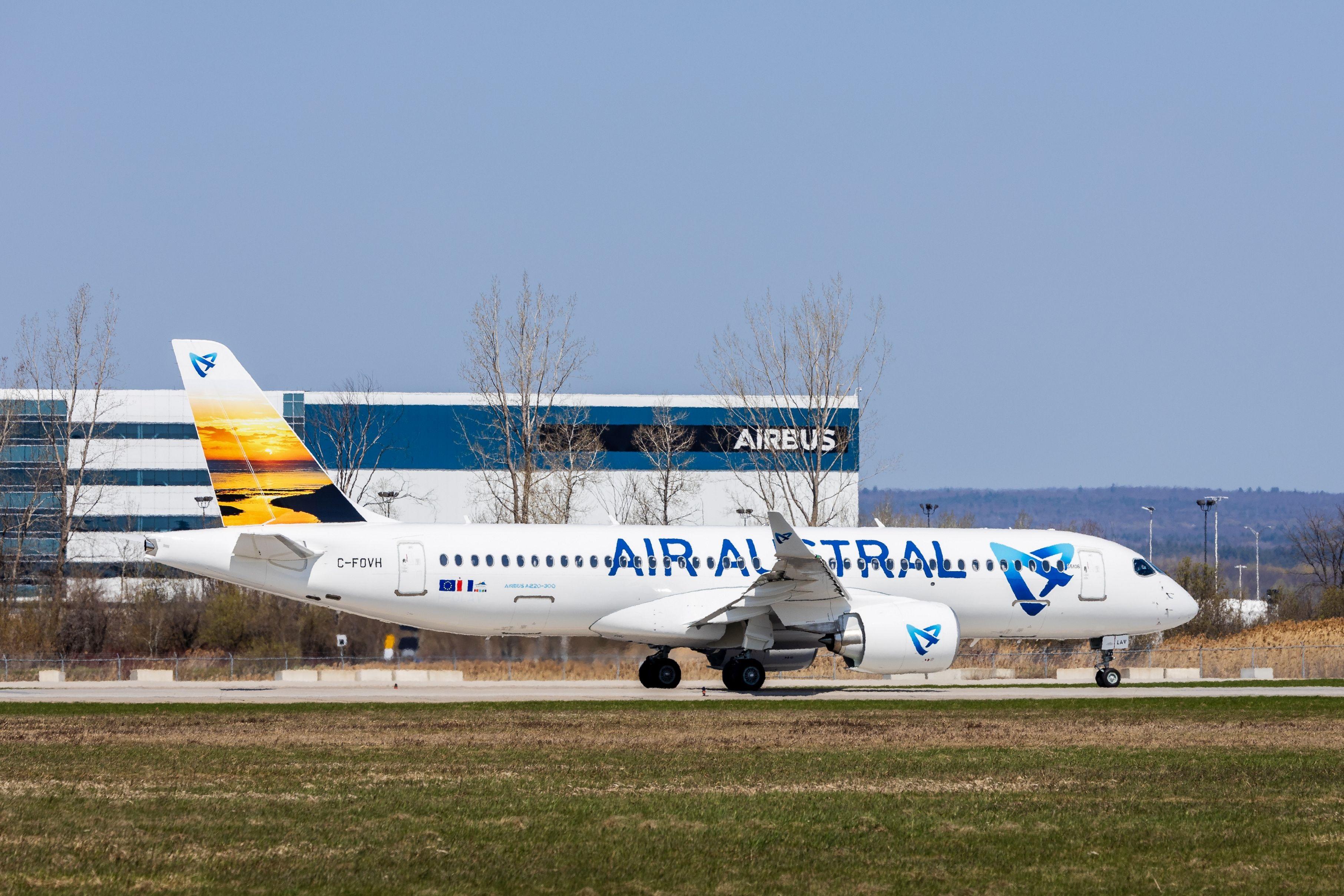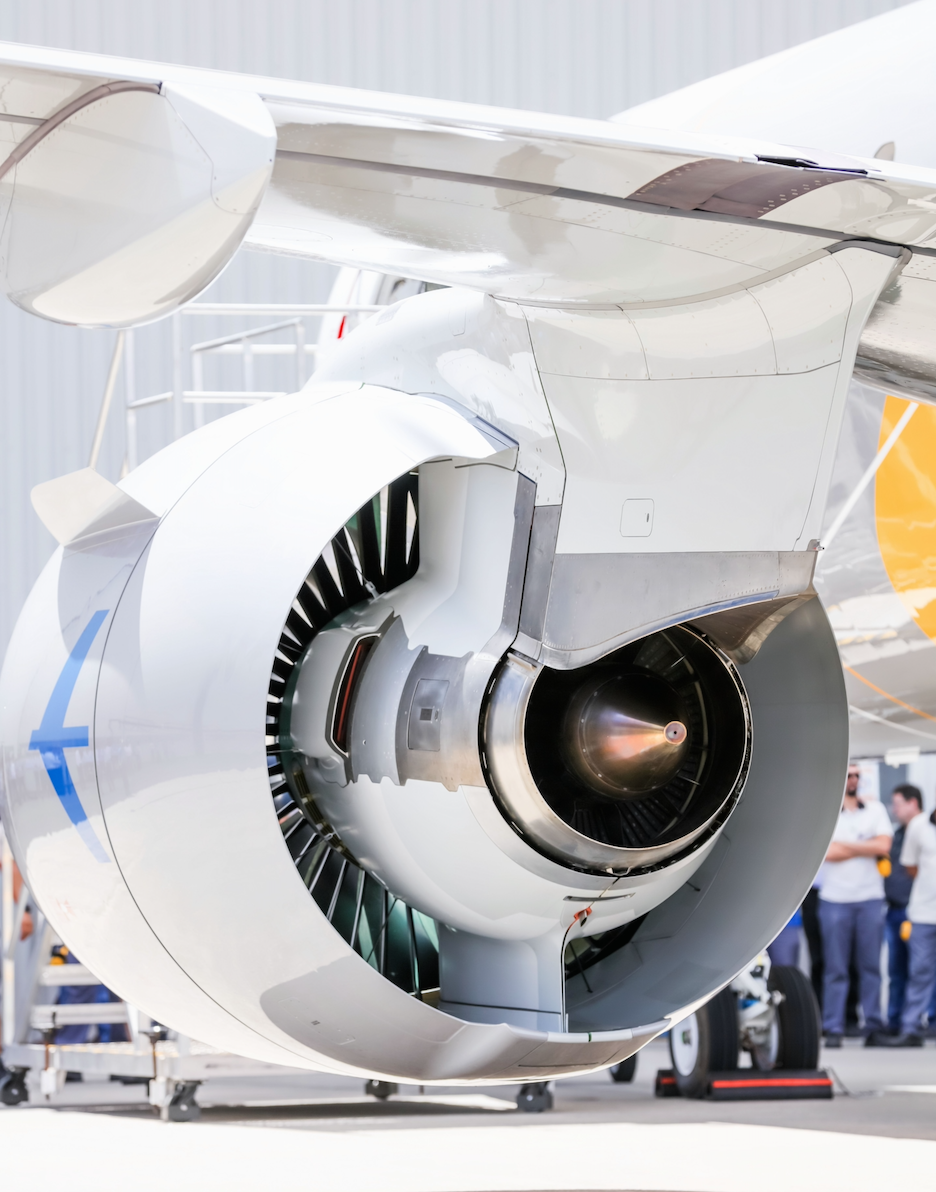
In the week when the United Nations Secretary General, António Guterres, declared the latest report from the organisation’s Intergovernmental Panel on Climate Change (IPCC) “a code red for humanity”, it’s almost certain that there will be mention of aviation’s contribution to climate change. What is unlikely to be mentioned are the efforts the aviation industry has been working on to reduce that contribution.
A significant consequence of the COVID-19 pandemic is how airlines have sped up the need to right-size their fleets, with crossover narrowbody jets being central to some of the decisions. The benefits of such moves are both economic and environmental. Fewer empty seats in aircraft smaller than the A320/737 aircraft families means less fuel used (economic) and thus fewer emissions (environmental).
The Pratt & Whitney GTF engines on crossover narrowbody jets obviously bring the greatest environmental benefit to these aircraft. Jenny Dervin, head of media bureau and strategic messaging at P&W, emphasises that “since entering service in early 2016, these engines have delivered on their promised ability to reduce fuel burn and carbon emissions by up to 20%, regulated emissions by 50% to the CAEP/6 regulatory standard, and noise footprint by 75%”.
Dervin highlights that due to its performance and versatility, the A220 family has been a strong performer throughout the pandemic’s downturn, with more than 160 aircraft at nine airlines. “We have been seeing strong market interest in the A220. So far in 2021, JetBlue and Air Manas have entered service with their first A220 aircraft. Air Austral just took delivery of its first three aircraft, and this fall Air France is expected to take delivery of its first aircraft,” she comments.
Dervin has similar plaudits for the E2 family. “The Embraer E190-E2 has completed three years of revenue service in April with Widerøe. In the last few months, Belavia, Air Peace and KLM Cityhopper each took delivery of their first E195-E2 aircraft. These airlines join Azul Brazilian Airlines, Helvetic Airways, Air Astana, Air Kiribati and Binter Canarias. The E2 fleet is currently operating with more than 40 aircraft at nine airlines,” Dervin reports.

After getting the most significant environmental benefits to their aircraft from the engines, both crossover jet families have, of course, next level contributors of such benefits in the operation of the aircraft, which nowadays are considered as complete systems.
“The E2 family is still at the beginning of its life and we will be looking for opportunities to make this aircraft even more efficient, reducing fuel burn and maintenance cost whenever is possible,” reports Daniel Galhardo, director of strategy, Embraer commercial aviation. “The GTF is not the only source of reduced emissions and greater efficiency. There are further gains to be had from aircraft systems such as a fourth generation full fly-by-wire; weight and drag reductions from the smaller empennage, bespoke wing, and cleaned up fuselage, including wheel bay doors and others.”
Raymond Manougian, director, product marketing, single-aisle family at Airbus, has similar examples of environmental benefits beyond the contribution of the engines. “Based on a clean-sheet design, the A220 already incorporates advanced materials and technologies, such as integrated modular avionics (IMA), for a lighter and more cost-efficient aircraft. Additionally, the A220 features a low drag nose and tailcone design, the smallest fuselage wetted area and optimized wing aerodynamics too.”
The A220 ‘community benefits’ from the whole aircraft system, according to Manougian also include a 25% reduction in CO2 emissions per seat compared with previous generation small single-aisle aircraft.
The first A220 and E2 aircraft entered service in 2016 and 2018 respectively, but both OEMs are continually looking at technologies which can provide incremental improvements and add to the environmental benefits.
“The A220 is already the most fuel efficient aircraft in its category,” Manougian claims, “and is already compatible (engine and fuel system) with SAF (sustainable aviation fuel) used in a 50% blend. As emission reduction is one of Airbus’s key priorities, we have already completed delivery flights with our A320 product from our Mobile site using a blend of SAF and are currently studying the capability to offer A220 deliveries with sustainable aviation fuel to our customers who would be interested to have their A220 delivered from Mirabel with SAF in the coming years. There will be more to come on that front in the coming months.”
It’s no good, however, to have greener aircraft if the production methods are polluting, but Airbus is ahead of the game there too. “The Mirabel A220 site is already ISO 14001-certified, while the A220 site in Mobile is currently in its certification process. And both A220 final assembly lines (FALs) in Mirabel and Mobile are LEED (Leadership in Energy and Environmental Design) certified,” Manougian emphasises, who notes that the Mirabel FAL uses hydroelectricity as the main source of power, which is 99% renewable energy.
Galhardo says that Embraer is studying several initiatives to make the industry more environmentally friendly. “Just as an example, Embraer is studying how to enable 100% SAF operation in our commercial aircraft, more sustainable ground support equipment and means to improve airport efficiency, like collaborative decision-making and runway optimization that would make the aircraft burn less fuel on holding and taxi operation,” he remarks.
Some technologies are already available for these aircraft but not fully used, for a variety of reasons, as Galhardo confirms with this example. “The E1 and E2 families are certified to fly with up to a 50% blend of SAF mixed with jet fuel. The availability of SAF is the big bottleneck to release this potential today,” he comments.
“Also important field in reducing emissions are the initiatives to improve operational efficiency, like the implementation of Performance-Based Navigation (PBN), a global initiative by ICAO. It is considered a significant change in air navigation, shifting from conventional ground-based navigation to a navigation system primarily based on the Global Navigation Satellite System (GNSS),” Galhardo explains. “Those are examples of improvements that could be done without big changes in the technology base that we have today, but still requires a lot of investment.”
Manougian certainly agrees with Galhardo about the availability of SAF. “There is currently no Canadian sustainable aviation fuel provider to supply the Mirabel FAL,” he elaborates. “To accelerate the development of new SAF technology in Canada, Airbus recently signed an MoU with the Montreal-based SAF+ Consortium to collaborate with major Canadian aviation industry players in the development and production of SAF in North America.”
Airbus says it will be investing through “in-kind” contributions, which consist of technical and certification expertise, economic analysis, communications and advocacy. Others in the SAF+ Consortium include Air Transat, Hydro-Quebec, Aéroports de Montréal, Polytechnique Montréal and Aéro Montréal.
Just as the airframers look for continuous improvement of the aircraft, so Pratt & Whitney has been developing its engines since the respective EIS dates of the two types to bring even greater environmental advantages. “We have implemented improvements to improve durability, for longer time on wing, and to improve dispatch reliability – both of which have improved operational performance for our airline customers,” Dervin reports.
“We recently introduced a software update for A220 and E2 engines to automate an engine speed restriction, reduce pilot workload and alleviate current engine inspection requirements. To relieve this speed restriction entirely, we have also validated new hardware, which we estimate to make available to new and overhauled engines before the end of the year,” she adds.
At some stage, of course, the aircraft OEMs will be looking to use other fuel such as hydrogen. Right now though, crossover narrowbody jets – with their drive to move from 50% SAF blends to 100% SAF – offer some of the lowest fuel burn and emissions per seat in the industry.





